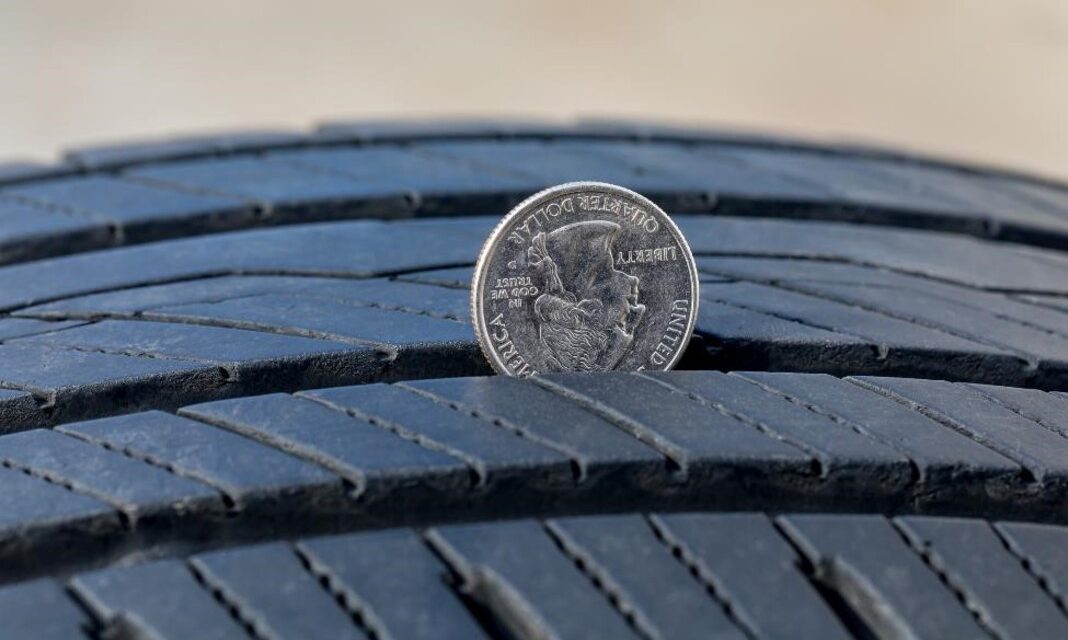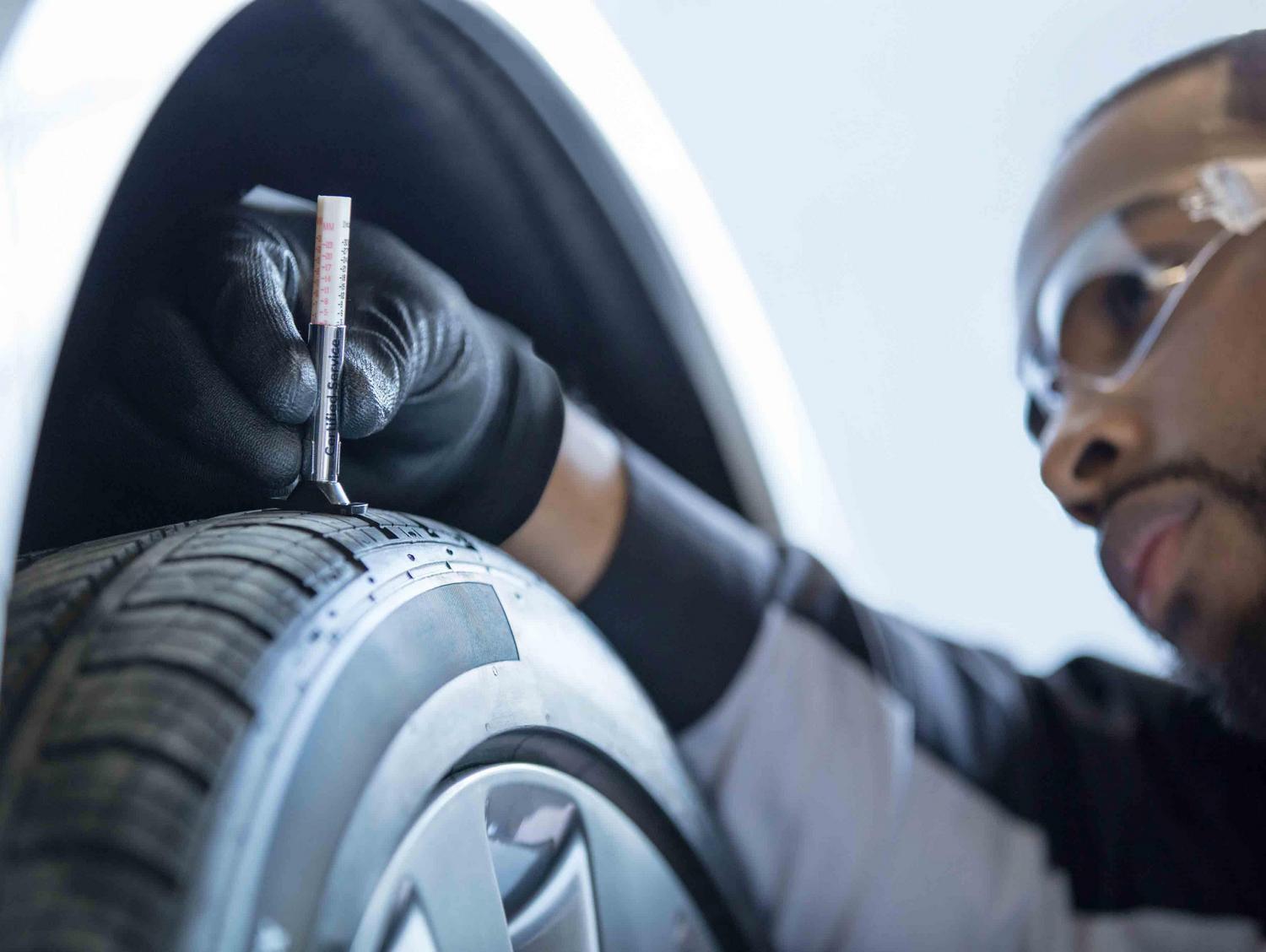House of Dispatch news
Blog
DOT Tire Tread Depth Regulations

Maintaining proper tire tread depth is crucial for the safety and efficiency of commercial vehicles. Adhering to the Department of Transportation (DOT) regulations not only ensures compliance but also enhances vehicle performance and reduces the risk of accidents.
Understanding Tire Tread Depth
Tire tread depth refers to the measurement from the top of the rubber tread to the bottom of the tire’s deepest grooves. This depth is vital for maintaining traction, especially in adverse weather conditions. New commercial tires typically have a tread depth ranging from 10/32 to 22/32 of an inch, depending on the tire type and application. Over time, as tires wear down, the tread depth decreases, diminishing the tire’s ability to grip the road and channel water away, which can lead to hydroplaning and increased stopping distances.
DOT Regulations on Minimum Tread Depth
The Federal Motor Carrier Safety Administration (FMCSA) has established specific minimum tread depth requirements for commercial vehicles, as outlined in 49 CFR § 393.75:
- Steer Tires (Front Axle Tires): Must have a minimum tread depth of 4/32 of an inch when measured in any major tread groove.
- All Other Tires: Must have a minimum tread depth of 2/32 of an inch.
These measurements should be taken at multiple points around the tire to account for uneven wear. It’s important to note that some organizations, such as the Commercial Vehicle Safety Alliance (CVSA), have slightly different standards, but adhering to the FMCSA regulations will ensure compliance during inspections.

Importance of Maintaining Adequate Tread Depth
Proper tread depth is essential for:
- Safety: Adequate tread depth ensures optimal traction, reducing the risk of skidding and accidents, particularly on wet or slippery surfaces.
- Performance: Tires with sufficient tread depth provide better handling and braking efficiency.
- Compliance: Failing to maintain the required tread depth can result in fines, vehicle out-of-service orders, and increased liability in the event of an accident.
How to Measure Tire Tread Depth
Regularly measuring tire tread depth is a straightforward process that can be performed using a tread depth gauge:
- Select a Major Tread Groove: Avoid measuring on areas with tie bars, humps, or fillets.
- Insert the Gauge: Place the probe into the groove and press the base against the tread to get a reading.
- Repeat Measurements: Check multiple grooves around the tire to detect uneven wear.
Alternatively, in the absence of a gauge, the penny test can serve as a quick reference:
- For Steer Tires: Insert a penny into the tread groove with Lincoln’s head upside down. If the top of Lincoln’s head is visible, the tread is less than 4/32 of an inch deep.
- For Other Tires: If the top of Lincoln’s head is visible, the tread is less than 2/32 of an inch deep.
Factors Contributing to Tread Wear
Several factors can accelerate tire tread wear:
- Improper Inflation: Overinflation leads to center tread wear, while underinflation causes wear on the tire’s shoulders.
- Misalignment: Incorrect wheel alignment results in uneven tread wear patterns.
- Mechanical Issues: Problems such as damaged suspension components or bent axles can cause irregular wear.
- Driving Habits: Aggressive acceleration, hard braking, and frequent sharp turns can expedite tread wear.
Best Practices for Maintaining Tire Health
To ensure compliance with DOT regulations and extend tire lifespan:
- Regular Inspections: Conduct pre-trip and routine inspections to monitor tread depth and overall tire condition.
- Proper Inflation: Maintain manufacturer-recommended tire pressures, adjusting for load variations.
- Wheel Alignment: Schedule regular alignments to prevent uneven tread wear.
- Rotation: Rotate tires at recommended intervals to promote even wear across all tires.
- Timely Replacement: Replace tires that do not meet the minimum tread depth requirements or exhibit signs of damage.
